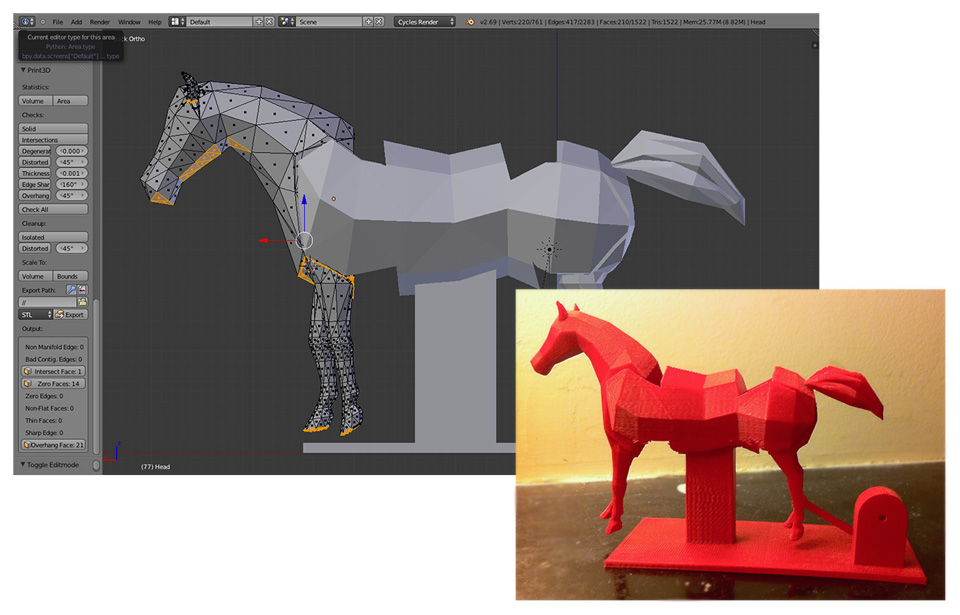
The researchers also tested the filtration durability of the material, and found it retained 52% of its initial carbon capture performance after more than 1,000 hours. "We don't think that's an issue this was an initial test at a small scale for ease of testing." "In order to get a higher capture rate, we would need to make the filter larger in diameter, or stack more filters on top of each other," Shen said. That could increase the capture efficiency, researchers said. While the capture rate is lower than what they've achieved in previous designs, the filter was less than an inch (2 centimeters) in diameter, and it could be made larger and in different modular shapes in order to stack them in a tall column. In a small-scale experiment, they found the filter captured 24% of the carbon dioxide in a gas mixture. The researchers tested the properties of the material to understand how well it would bend and twist, and investigated the filter's carbon capture performance. That kind of environment is good for helping enzymes do their job." "The inspiration behind our design was our own cells, which have enzymes packed into compartmentalized spaces, filled with a fluid.


"We formulated the hydrogel in a way that would be mechanically strong enough to be 3D printed, and also extruded into a continuous filament," Shen said. The researchers then printed thread-like filaments of the hydrogel into a two-dimensional grid while solidifying the solution with UV light as it was printed. In the study, researchers in the NC State Wilson College of Textiles mixed a solution containing two different organic compounds - or the printing "ink" - and an enzyme called carbonic anhydrase.


"If you have access to a printer, and the raw materials, you can make this functional material." "This manufacturing process, using 3D printing, makes everything faster and more precise," said the study's lead author Jialong Shen, assistant research professor of textile engineering, chemistry and science at NC State. The findings, published in the journal Gels, suggest 3D printing could be a faster, more versatile method of making filter designs.


 0 kommentar(er)
0 kommentar(er)
